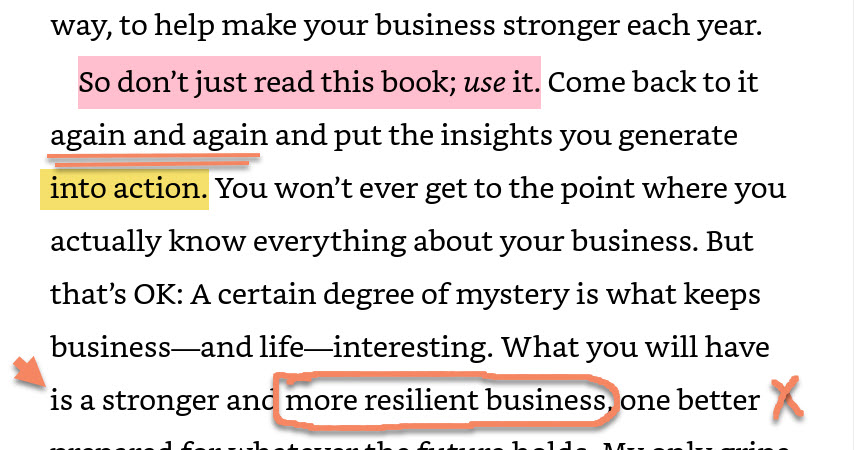I cannot count the number of times I’ve heard the following question, “Mark, I’ve heard my industry EBITDA multiple is 5x. What do you think?” Many CEOs think their business value is based on a simple equation. When the book Quick Value by Reed Phillips hit my radar, I bought it immediately. Reed’s process for valuing a private company is a simple but powerful method that should be completed annually by an internal leadership team.
Interview Highlights
- “Sylvester, will you take 7.5x for your company?”
- Quick Value’s better approach to the one-off valuation process.
- A process with no complex calculations.
- Reed’s origin story and how this book came to be.
- A tool that can replace the annual strategic planning process.
- The new rules for understanding, creating, and protecting business value (see page 29 in the Kindle version).
- An outsider is unnecessary for this process (although Mark would jump at the opportunity to have Reed as a sounding board).
- Identifying 8-12 value drivers from a list of 45 (listed in the book).
- Three great questions for every leadership team.
- Narrowing this list differs from the ‘S’ in a SWOT analysis.
- Reed describes the entire three-step process of Quick Value.
- Theme parks need to be cautious when using Disney as a comparable company.
- Why public company vs. deals in private company databases?
- Examples of special situations.
“Value drivers are those soft, intangible elements that are often overlooked but are critical to driving value beyond mathematical formulas.”
Phillips, Reed. QuickValue: Discover Your Value and Empower Your Business in Three Easy Steps (p. 58). McGraw Hill LLC. Kindle Edition.
The straightforward method for gaining a clear understanding of any company’s current value in a fraction of the time and at a fraction of the cost of traditional methods in three easy steps, and it requires no math.
Books Mentioned
... deft and nuanced portrait of the much-maligned monarch and outlines his accomplishments, which have been almost universally forgotten.
Important Links
- The book’s website
- Oaklin’s Valuation Index (sign-up is free)
- Reed’s LinkedIn profile
- Oaklins
Mark’s Take
Great book. I cannot add much compared to what Mike Perlis states in the forward.

My most considerable appreciation of Reed’s book is that he gives everything away. There is nothing left to the imagination. After reading this book in just two sittings, I was already practicing the concept with the aid of Oaklin’s Valuation Index site, which is free.
Once you’ve read the book:
- Revisit the six rules starting on page 29 (Kindle version).
- Every person on the leadership team should be able to answer the three questions on page 5.
- Before rating your value drivers on a scale of 0 to 10, write brief narratives on what a 0 means and a 10 reflects. Write an explanation for a 5 rating. Then, create short descriptions for 1-4 and 6-9. This will give greater meaning to the ratings you select.
- Make sure your marketing director is part of the value driver selection process.
- If you practice Open Book Management, share your results with the entire organization annually. Keep driving home the concept of creating, adding, and protecting value throughout the business.
Episode Pairings






Leave a Reply